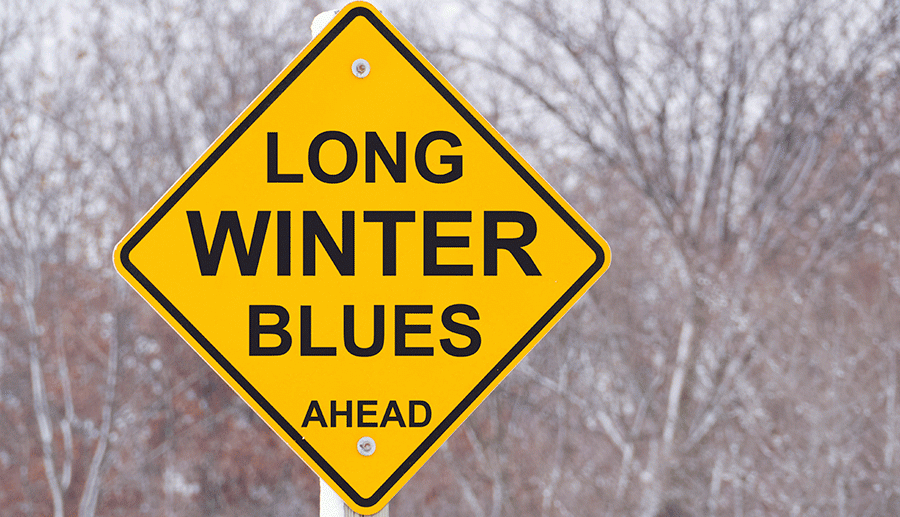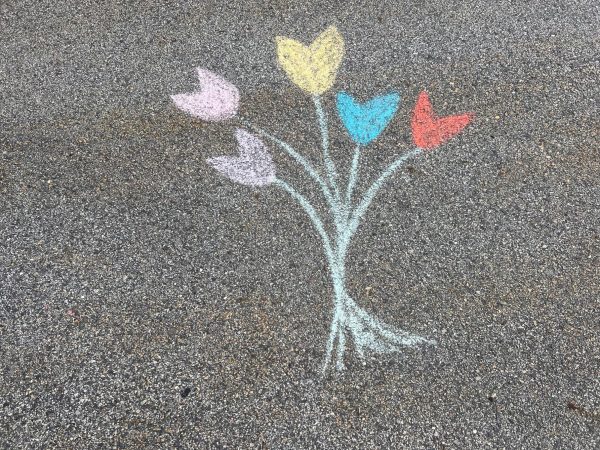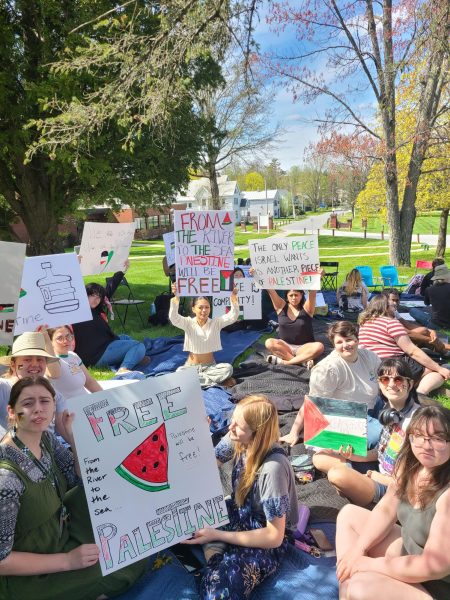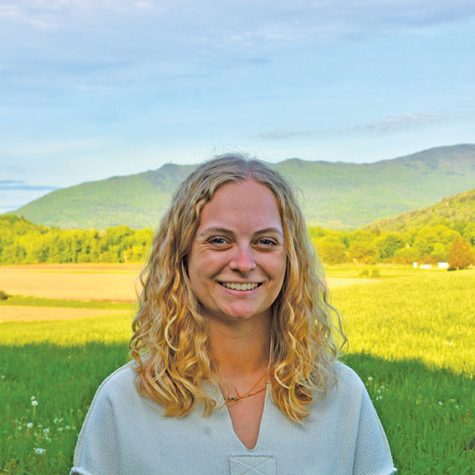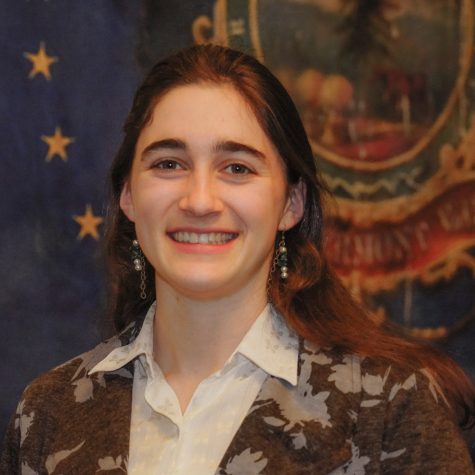Words of Wellness: seasonal affective disorder…SAD
Winter depression (or winter blues) is a common affliction for those who live in our northern climate. Its clinical name is seasonal affective disorder (SAD) and up to 5 percent of the population (especially in northern states) may suffer from it.
Seasonal affective disorder is characterized by feelings of sadness and depression that occur in the fall or winter months when the temperatures being to drop and the days grow shorter. The depressive episode is often associated with excessive eating, sleeping, and weight gain. Depressive symptoms begin in the fall or winter and persist until the spring. Women are twice to three times more likely to suffer from the winter blues than men.
Seasonal affective disorder can also impact people during the summer months (“the summer blues”), too, but it is less common. People suffering from SAD either are unable to function or function minimally during the season in which their disorder occurs. Seasonal affective disorder shares several symptoms with other forms of depression including lethargy, sadness, hopelessness, anxiety and social withdrawal.
There are many effective treatments for winter depression, some of which you can do to help yourself. Increasing your daily exposure to as much natural light as possible can be helpful to many. Any time that you have the opportunity to gain access to more sunlight in the winter months, you should try to do so. Taking a walk throughout the day (even if you don’t normally do so), sitting next to a south-facing window at your office, in a classroom, or at home will increase your sunlight exposure. Exercising next to a window or outdoors (when possible) is another activity that can help.
Although it may be difficult to do, maintaining your schedule and lifestyle will help to keep the depression at bay. A regular pattern of sleep is the most important thing to maintain. It may be helpful, for instance, to have your bedroom lights on a timer to turn on a half-hour before you wake. This may help in waking at a regular time every morning, when it is still dark outside in the winter months.
Light therapy has shown to be an effective treatment for seasonal affective disorder. While you can purchase expensive, specialized light therapy lighting fixtures for your home or office, some inexpensive alternatives are also available. Another lighting technique to try is to replace commonly used light bulbs in your home with brighter full spectrum (also known as broad spectrum) light bulbs. While more expensive than regular light bulbs, these bulbs provide light that is similar to natural sunlight.
If none of these techniques seem to help your depressive symptoms, you should consider consulting your family physician or a mental health professional. The winter blues are a form of depression and can be readily treated with medications or psychotherapy when other self-help methods aren’t effective. Don’t be afraid to talk about this condition with a professional, it’s nothing to be ashamed or afraid of. With a little effort, the winter blues can be beaten.
SAD sufferers crave additional sleep, experience daytime drowsiness, and gain a good deal of weight, often feeling irresistible cravings for sweets.
Four to six percent of the general population will experience SAD. Women are four times more likely than men to develop SAD.
SAD is more common among the young (ages 20 to 50) with a general decrease in symptoms with age.
Risk of the condition increases significantly with geographic residence, with increased prevalence at higher latitudes. For example, the incidence of SAD among people living in Florida is one percent, while those living in northern latitudes, such as Alaska or New Hampshire, have a rate of approximately 10 percent.


